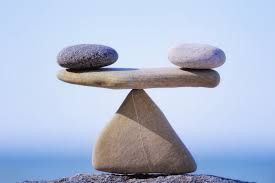Balance is a fundamental component of any movement we perform. Being able to maintain balance is crucial to performing everyday activities such as going up or down stairs, or reaching for a high shelf. While people will make the effort to fit in a walk or strength exercises through the week, balance specific exercises are often forgotten about, despite how important they are.
Balance can be improved at any age and at any starting level. The key is repetition and practice. Maintaining balance is crucial especially as we start to get older. Having good balance helps in preventing falls, injury, and simply making your daily activities easier to perform.
There are multiple sensory inputs in the body that are important for balance:
- Vision
- Proprioception: this is your body’s sense of awareness in space
- Vestibular system: this is the functioning of our inner ear which helps with spatial orientation
Maintaining balance is a complex task that requires coordination from your muscles, tendons, bones, eyes, ears and brain. If even one of these systems become weakened, others may overcompensate and our balance is affected.
There are many factors that can lead to loss of balance:
- Inner ear problems
- Foot pain
- History of lower limb injury such as an ankle sprain
- Vision problems
- Loss of depth perception
- Side effects of medications
Falls prevention
Preventing falls is so important as we get older. When you have good balance, you have a better ability to quickly adapt to changes in body position and react to unexpected variations. For example, stepping on a rock or pebble that you didn’t see while out for a walk and being able to center yourself without falling. Avoiding falls means avoiding physical injury such as a hip fracture, which can be detrimental to your physical and mental wellbeing. When you have good balance, it is a great confidence boost as you don’t have to worry about falling every time you leave the house.
Improving posture
Posture and balance come hand in hand. Many people lead a sedentary lifestyle, and spend way too many hours hunched over in front of a screen. This contributes to poor posture and the body develops limitations such as reduced upper back mobility, hunched shoulders, and an anterior pelvic tilt. Doing balance exercises helps improve your posture and counteracts the adverse effects of a sedentary lifestyle. Balance exercises teach you the static and dynamic positions that are natural to the human body.
How to improve balance
There are different types of balance exercises, these include static and dynamic balancing.
Static balance exercises
Static balance refers to your balance when you are standing still.
Examples:
- Standing on one leg
- Standing on one leg with your eyes closed
- Standing on an unstable surface such as a foam block or pillow
Dynamic balance exercises
Dynamic balance refers to your balance when you are moving. Exercises aim to improve your ability to move the body through space with greater control, speed, and better reaction time.
Examples
- Marching on the spot with high knees
- Step ups
- Side stepping
If you have suffered an injury and find that you don’t feel as stable as you used to, or if you are starting to notice your balance is deteriorating as you get older, it is time to start focusing on your balance now! Balance can be improved at any age or ability.
More simple balance exercises, with instructions can be found on the NHS website and, of course, we regularly perform balance-based exercises in our Fitness PILATES classes, so why not try one of those, too!


